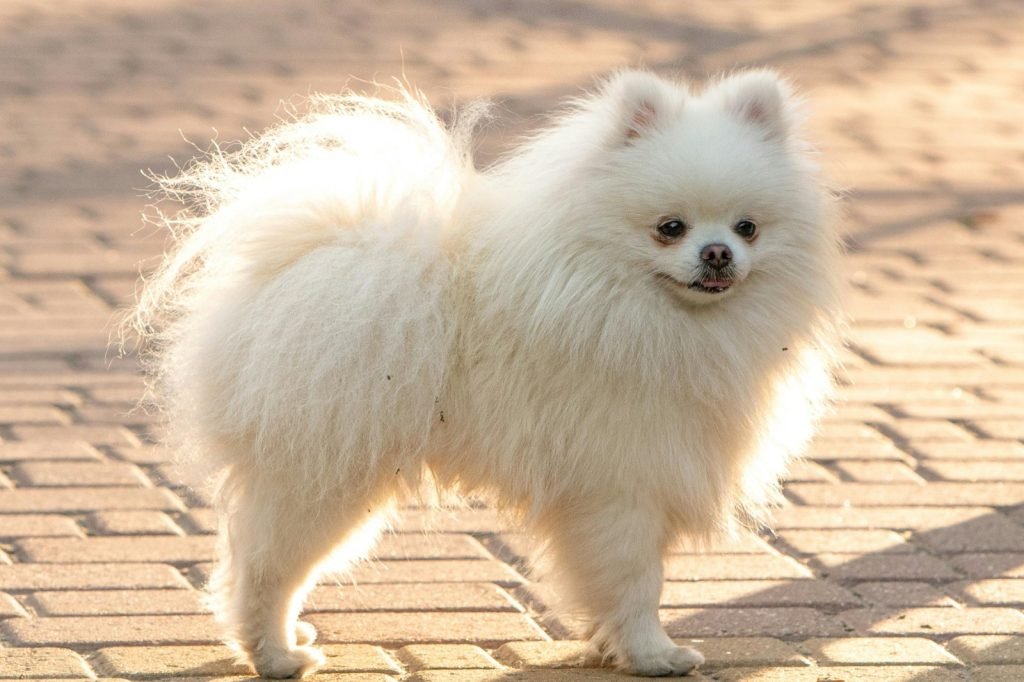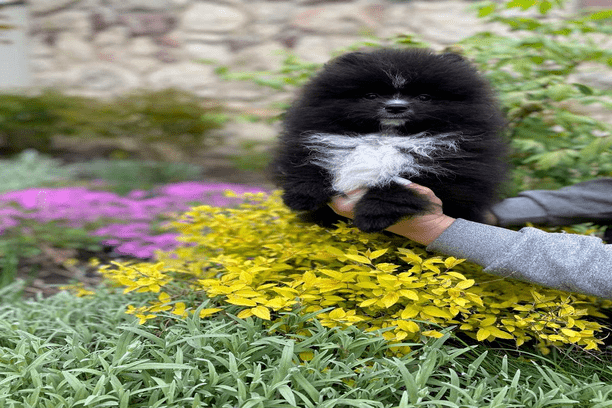Training your Pomeranian puppy to come when called
Pomeranian puppies are not only adorable companions but also intelligent and eager to please. Teaching your Pomeranian puppy to come when called is a crucial skill that not only enhances their safety but also strengthens the bond between you and your furry friend. In this comprehensive guide, we will explore the importance of recall training, the steps to effectively teach the “come” command, and strategies to troubleshoot common challenges along the way. By establishing a positive training environment and maintaining consistency in your approach, you can set your Pomeranian puppy up for long-term success in responding to your recall commands.
1. Importance of Teaching Recall Commands
1.1 Understanding the Significance of Recall Training
Recall training is not just about getting your Pomeranian to come back to you when called. It’s a crucial skill that can prevent dangerous situations and help keep your furry friend safe.
1.2 Safety Benefits for Your Pomeranian
Teaching your Pomeranian to come when called can prevent them from running into traffic, approaching aggressive dogs, or getting lost. It’s like giving your pup a superhero power to stay out of harm’s way.
2. Building a Strong Bond with Your Pomeranian
2.1 Establishing Trust and Communication
Recall training is a fantastic way to build trust and communication with your Pomeranian. When they come to you, it strengthens the bond between you two and shows that you are a reliable and loving leader.
2.2 Strengthening the Puppy-Owner Relationship
By teaching your Pomeranian to come when called, you are fostering a positive relationship based on mutual respect and understanding. Plus, it’s a great opportunity to shower them with praise and treats!

3. Establishing a Positive Training Environment
3.1 Selecting the Right Training Location
Choose a quiet, distraction-free area to practice recall training with your Pomeranian. This will help them focus and learn more effectively without being tempted by squirrels or passing cars.
3.2 Using Positive Reinforcement Techniques
Positive reinforcement, such as treats, praise, and playtime, is key to successful recall training. Make coming to you a rewarding experience for your Pomeranian, and they’ll be more eager to respond to your calls.
4. Step-by-Step Guide to Teaching the “Come” Command
4.1 Starting with Basic Commands
Before diving into recall training, make sure your Pomeranian is familiar with basic commands like “sit” and “stay.” These foundational skills will set them up for success when learning the “come” command.
4.2 Gradually Introducing Recall Training
Start by practicing in a controlled environment, gradually increasing distractions as your Pomeranian becomes more proficient. Remember, Rome wasn’t built in a day, and neither is a Pom that comes running at your call!

5. Reinforcing Recall Through Positive Reinforcement
5.1 Rewarding Good Behavior Consistently
When training your Pomeranian to come when called, consistency is key. Make sure to reward your pup each time they respond to your recall command. Positive reinforcement can be anything from a tasty treat to a fun play session – find what motivates your furry friend the most!
5.2 Incorporating Play and Treats into Training Sessions
Training should be fun for both you and your Pomeranian. Incorporate play and treats into your training sessions to keep your puppy engaged and excited to learn. This will not only strengthen your bond but also make the training process more enjoyable for everyone involved.
6. Troubleshooting Common Challenges in Training
6.1 Addressing Distractions During Recall Training
Pomeranians can easily get distracted, especially during training sessions. To tackle this challenge, start training in a quiet, familiar environment before gradually introducing distractions. Keep training sessions short and engaging to maintain your pup’s focus.
6.2 Dealing with Fear or Anxiety in Your Pomeranian
If your Pomeranian shows signs of fear or anxiety during training, it’s essential to address these emotions with patience and understanding. Create a safe and positive training environment, and consider seeking professional help if your pup’s anxiety persists.

7. Maintaining Consistency for Long-Term Success
7.1 Creating a Training Schedule and Routine
Consistency is crucial when training your Pomeranian to come when called. Establish a training schedule and routine that works for both you and your pup. This will help reinforce good habits and set your furry friend up for long-term success.
7.2 Practicing and Reinforcing Recall Commands Regularly
Practice makes perfect! To ensure your Pomeranian’s recall skills stay sharp, make sure to practice and reinforce recall commands regularly. Consistent training and positive reinforcement will help solidify your pup’s response to your calls, making outings and adventures a breeze.
Conclusion
Training your Pomeranian puppy to come when called is a rewarding journey that deepens the connection between you and your pet while ensuring their safety and well-being. By investing time and patience in teaching recall commands, you are not only shaping their behavior but also fostering a positive and trusting relationship. Remember to practice consistently, utilize positive reinforcement techniques, and address any challenges with patience and understanding. With dedication and love, you can enjoy the joy of a well-trained Pomeranian companion who reliably responds to your call.
